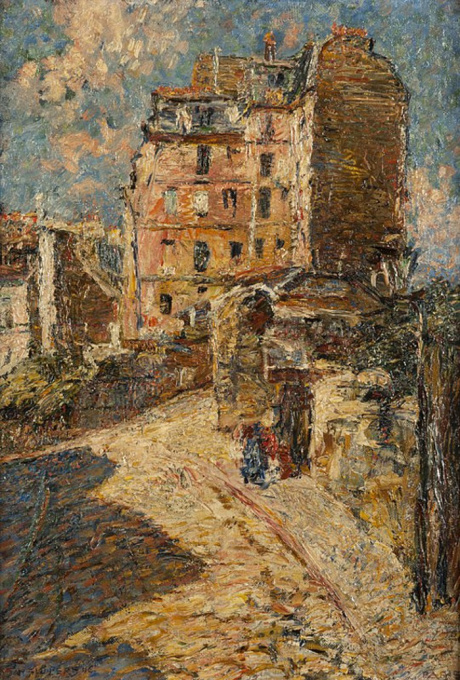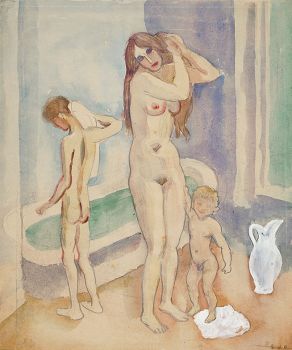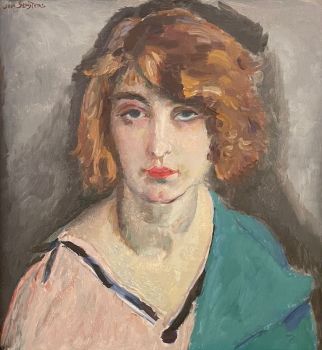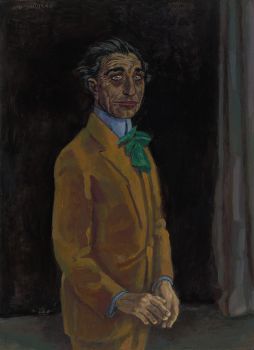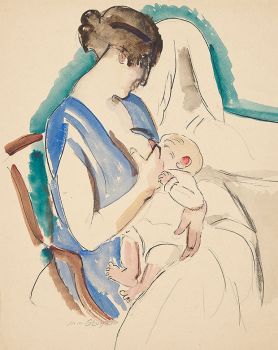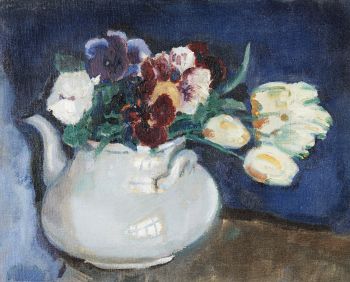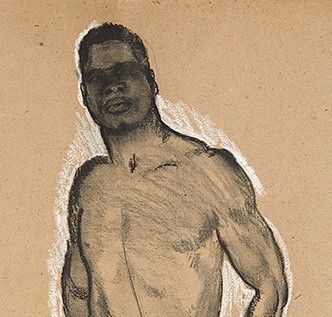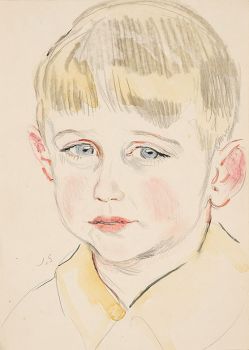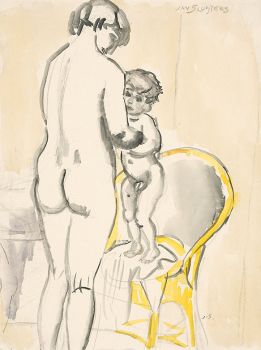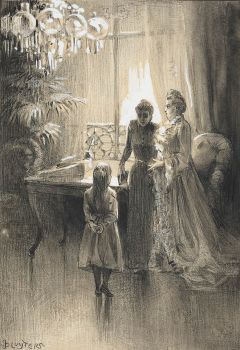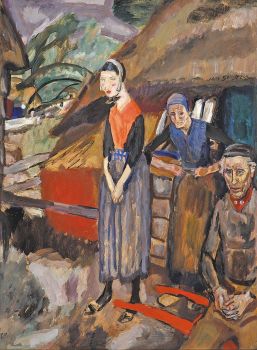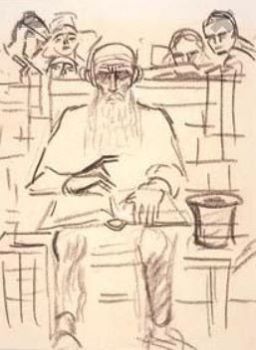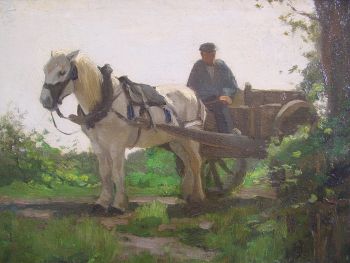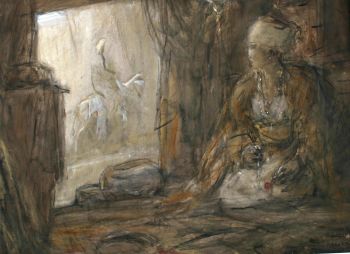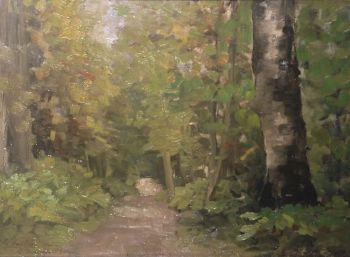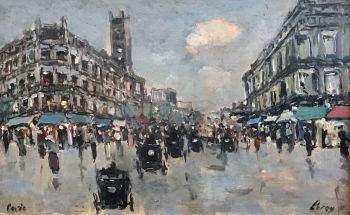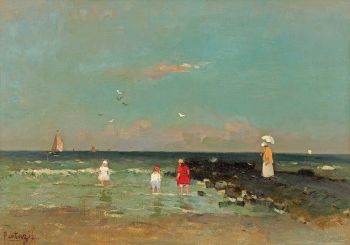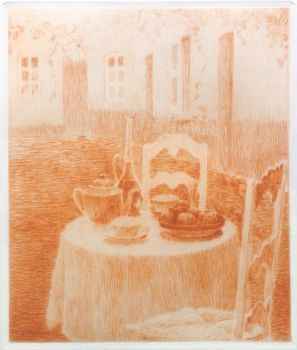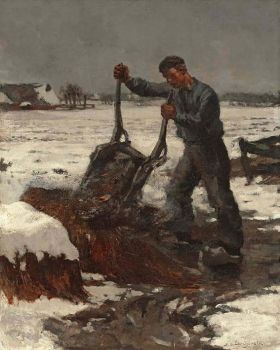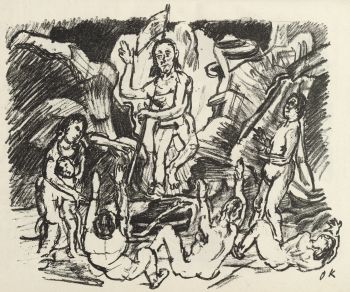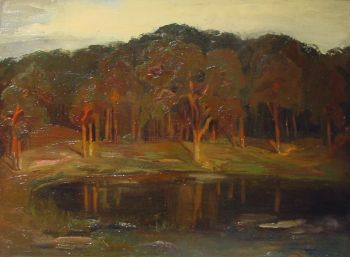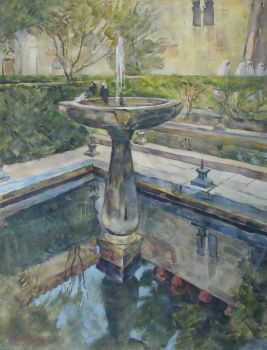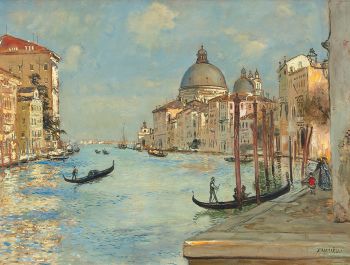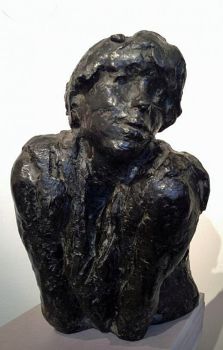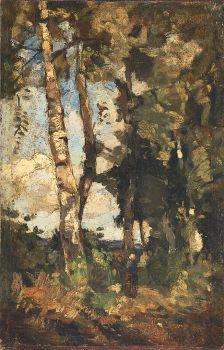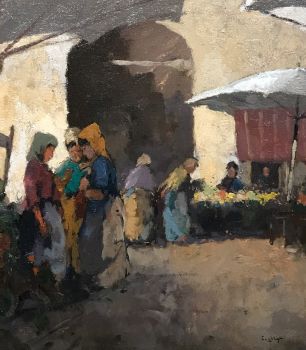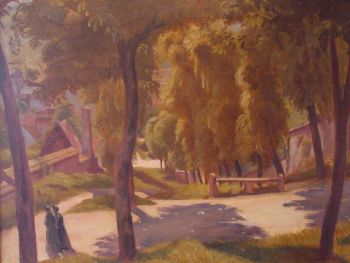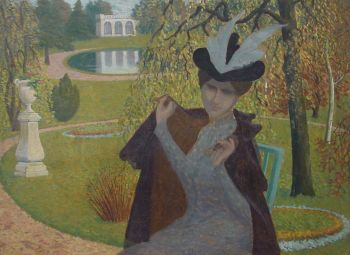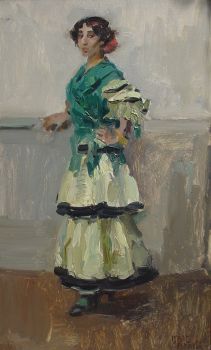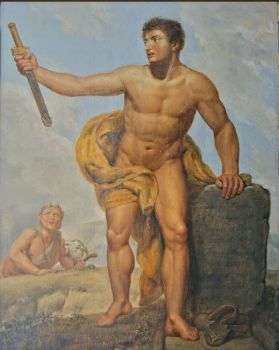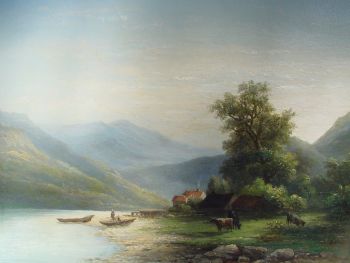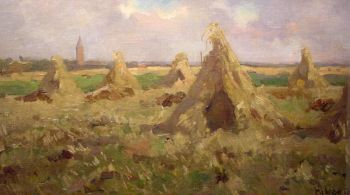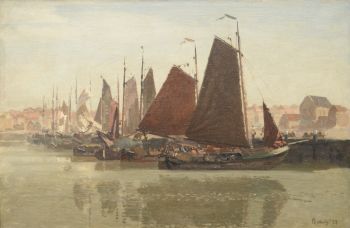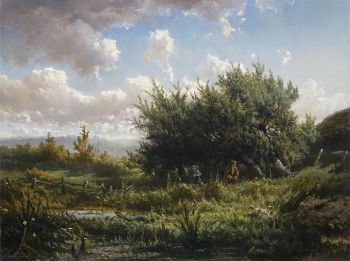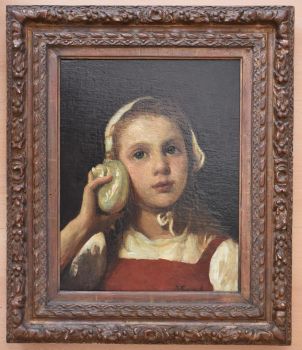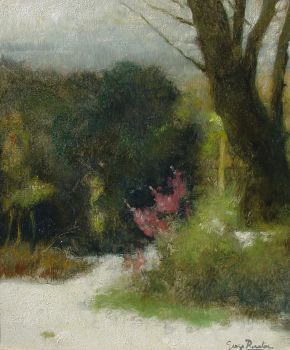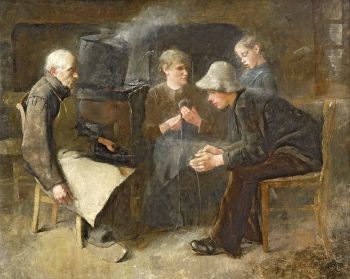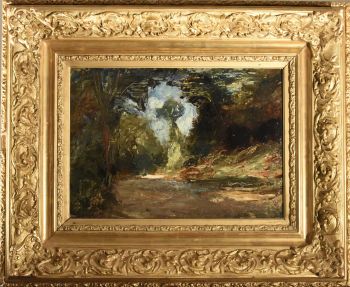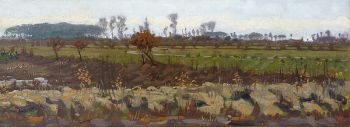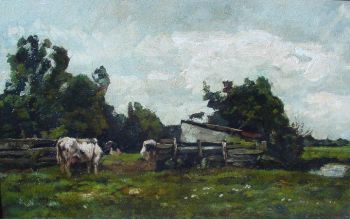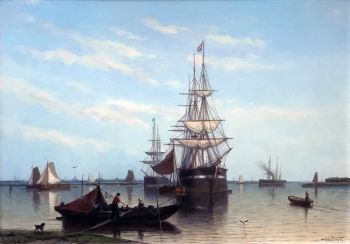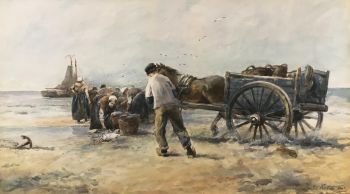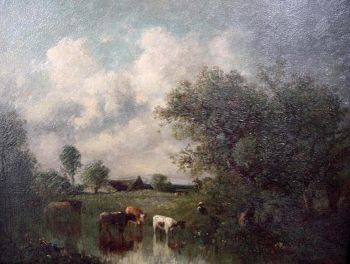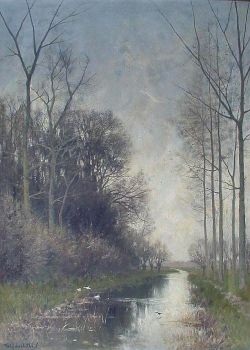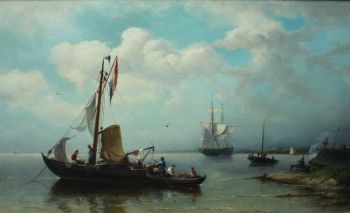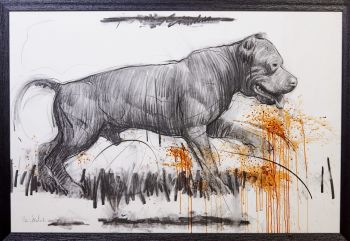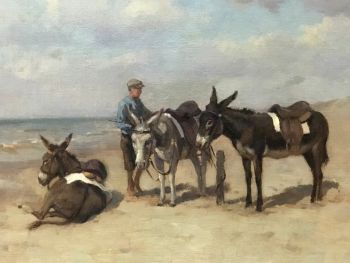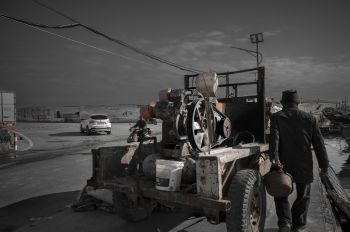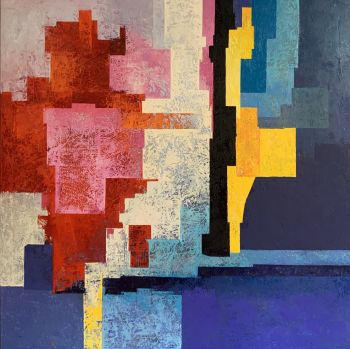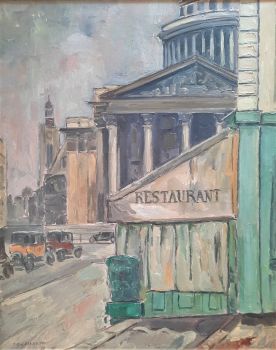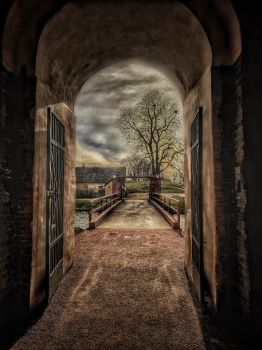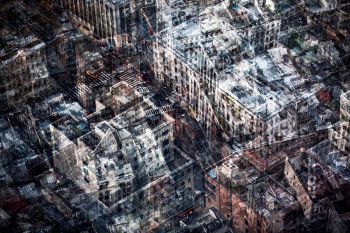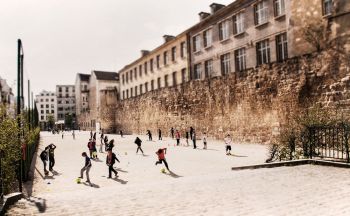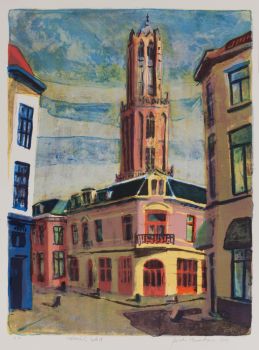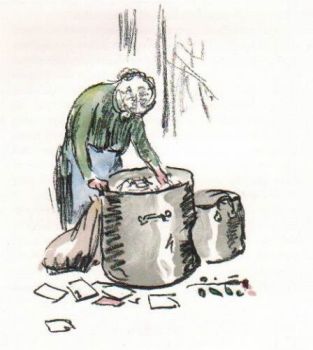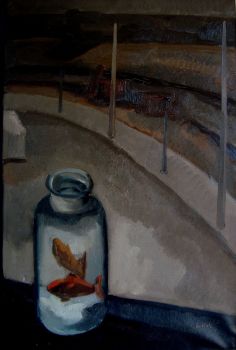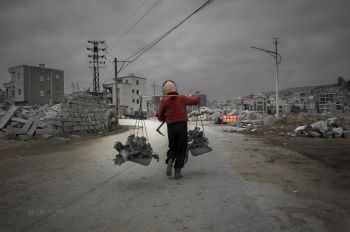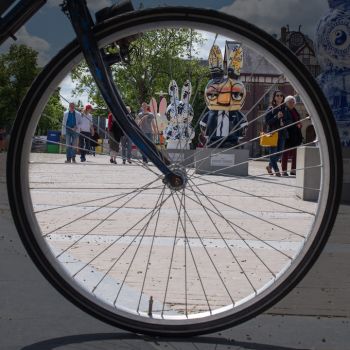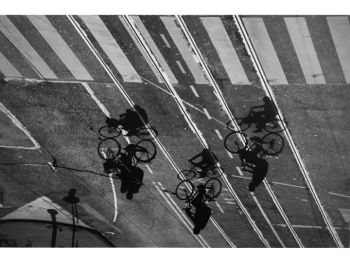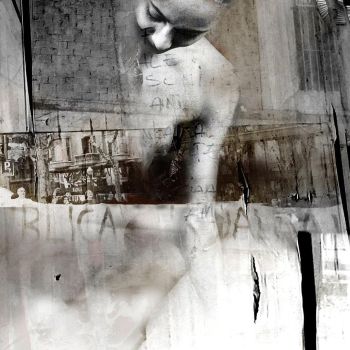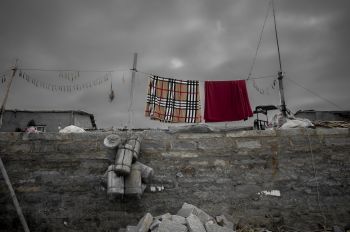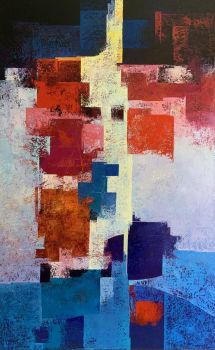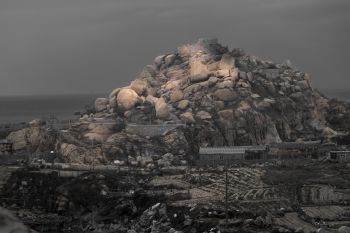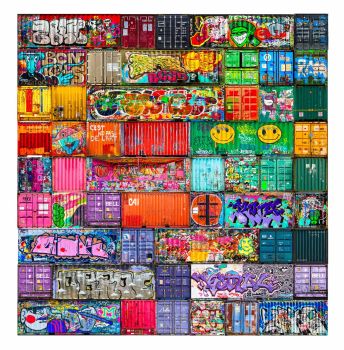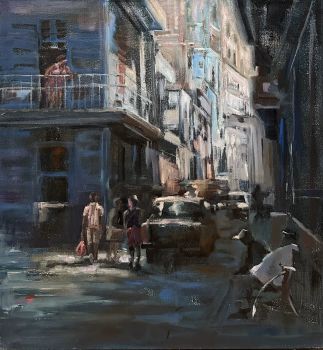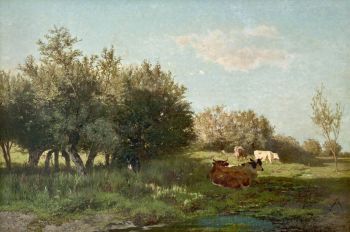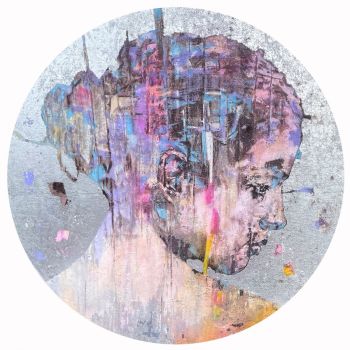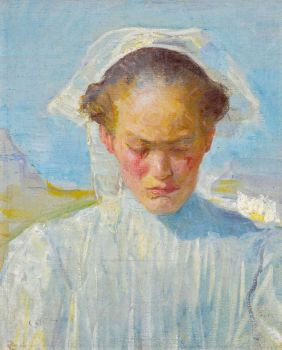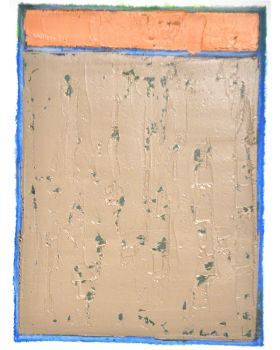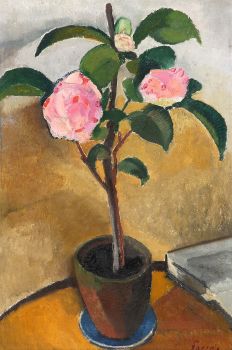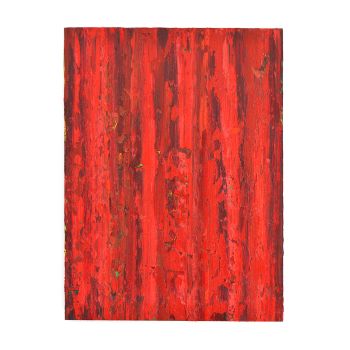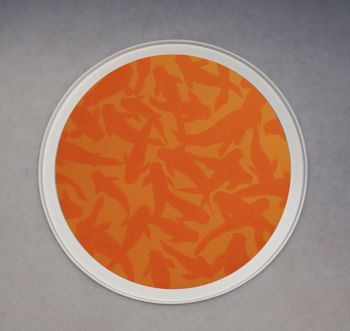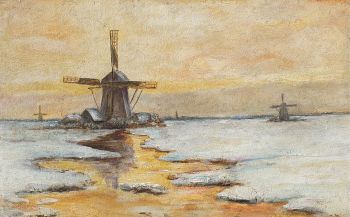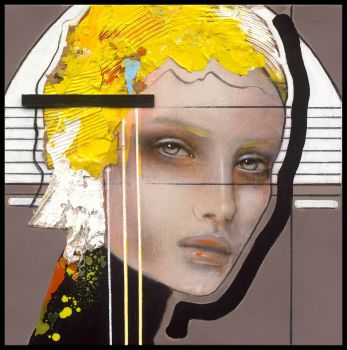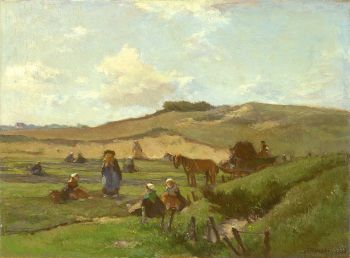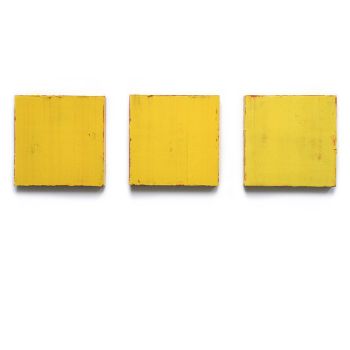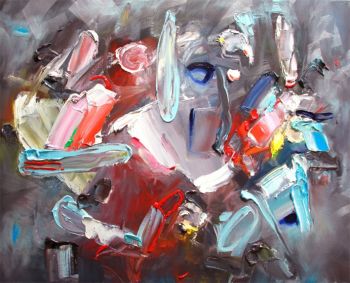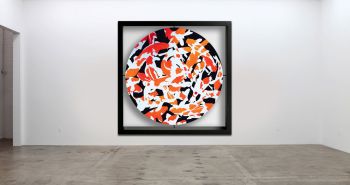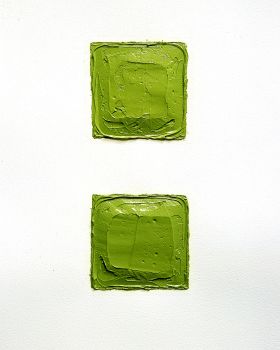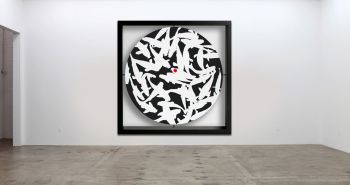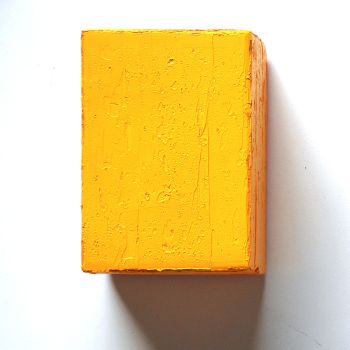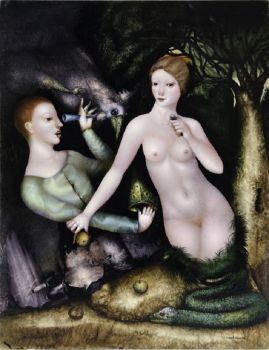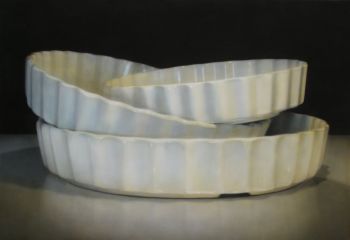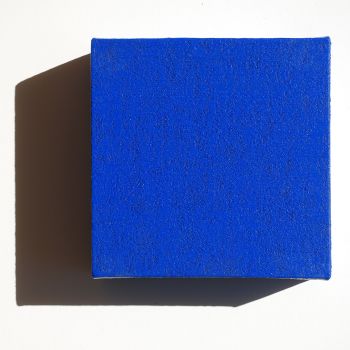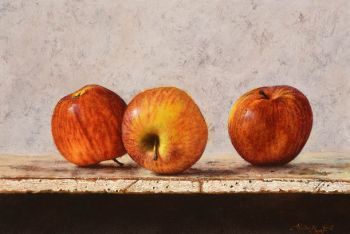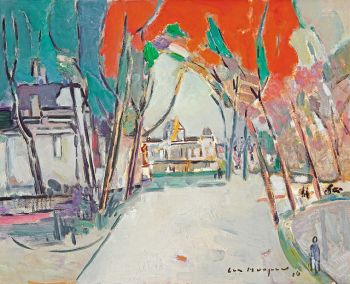Montmartre, Paris 1906
Jan Sluijters
Oil paintPaint
53 ⨯ 36 cm
ConditionExcellent
Currently unavailable via Gallerease
- About the artworkOil on canvas, signed and dated (‘06) lower left. Lower right 'Paris'
The work of Jan Sluijters is esteemed of great importance for Dutch Art History. He played a pioneering role in the avant-garde movement of which Piet Mondriaan and Leo Gestel were also a part. In 1904 Sluijters won the Prix de Rome. This government subsidy gave him the opportunity to study for four years abroad, beginning in Rome. Here Sluijters studied the classics, but after some time he felt the need to broaden his horizons. He travelled to Spain and finally ended up in Paris in 1906, just in time to visit the most important exhibition of the year, the Salon des Independants.
The vibrant artistic environment of Paris in those days gave Sluijters the inspiration that he was looking for. The Fauves started to become popular, the first general exhibition was organised with works by Van Gogh and Kees van Dongen, who had his first solo exhibition. All these influences and contacts are reflected in this painting by Sluijters depicting the artists' quarter of Montmartre.
Lit: This painting is included in the catalog raisonné of the artist by the National Institute for Art History (RKD) in The Hague: Jacqueline de Raad, Annemiek Rens, Ton Geerts: 'Jan Sluijters: Het geschilderde oeuvre', RKD Monographs 2014
Provenance: Kunsthandel M. L. de Boer, Amsterdam, no. 9833, 1972 - About the artist
Jan Sluijters was born in Den Bosch in 1881. He was the son of Gijsbertus Antonius Sluijters.
Jan Sluijters himself had three children called Jan Sluijters (jr.), Lous Sluijters and Eliza Sluijters together with M.F. van Cooten. His son-in-laws were Jacob Kuijper and Kuno Brinks. His paintings feature nude studies, portraits, landscapes, and still lifes.
Jan Sluijters, together with Piet Mondriaan and Leo Gestel, stands out as one of the truly pioneering Dutch modern artists. In his early years, Sluijters experimented with many different styles. After his visits to Paris his style became more expressive and belonged more to Cubism and Futurism.
A particularly important part of his oeuvre are his luministic landscapes dating from his early period. After his expressionistic period in the small village of Staphorst in 1916, Sluijters began painting realistic portraits and nudes.
A number of streets are named after him in the Netherlands, including one in the neighborhood of streets named after 19th and 20th century Dutch painters in Overtoomse Veld-Noord, Amsterdam. Jan Sluijters died in Amsterdam in 1957.For more information about Jan Sluijters, also read our article "Jan Sluijters; more than just a 'painter of nude women".
Artwork details
Related artworks
- 1 - 4 / 12
Carel Nicolaas Storm van 's Gravesande
View on Venice1841 - 1924
Price on requestKunsthandel Pygmalion
Albert Clouard
Élégante à la cape (Elegant lady with a cloak)1866 - 1900
Price on requestKunsthandel Pygmalion
1 - 4 / 24Corstiaan Hendrikus de Swart
Mountain landscape with Lake1838 - 1900
Price on requestKunsthandel Pygmalion
Fredericus Jacobus van Rossum du Chattel
Poldervaart in the Vecht river region1899 - 1901
Price on requestKunsthandel Pygmalion
1 - 4 / 24- 1 - 4 / 24
Fredericus Jacobus van Rossum du Chattel
Poldervaart in the Vecht river region1899 - 1901
Price on requestKunsthandel Pygmalion
Johannes Evert Akkeringa
'Nettenboetsters' in the Dunes1861 - 1942
Price on requestStudio 2000 Art Gallery
1 - 4 / 24

